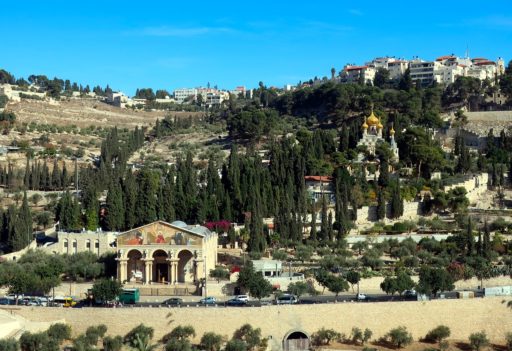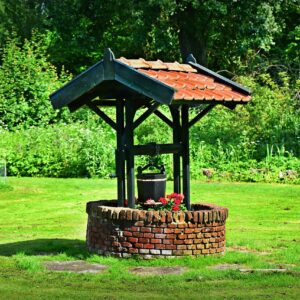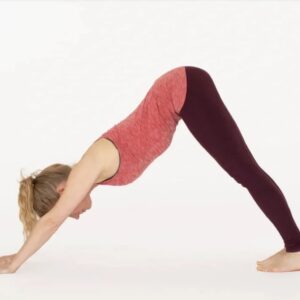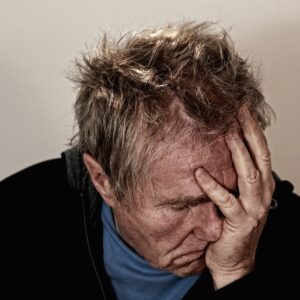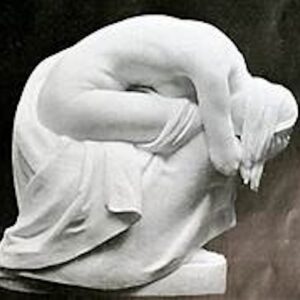Even at home, we are not at home.
In Israel, the Ashkenazim (Jews from Central and Eastern Europe) of Yehuda Amichai’s “Jews in the Land of Israel” remember medieval Europe, its “cities, metals, knights….“
Memory alone does not keep them from being fully present in their ancient-modern homeland. Their bodies, too, haven’t forgotten where they came from.
What are we doing
in this dark land with its
yellow shadows that pierce the eyes?
(Every now and then someone says, even after forty
or fifty years: “The sun is killing me.”)
How many generations does it take for the Jewish body, living in exile in Europe since at least the first Century CE, to acclimate to Middle Eastern sun?
Gainesville, Florida: where I learned the word “claudication.” One morning, on my routine bike ride from Lakeshore Towers, my studio apartment on S.W. 13th Street, to Turlington Hall, home of University of Florida’s English Department, while pedaling up a short, moderate hill, my legs cramped. Confused, I got off my bike. I started walking with my bike, but walking, too, proved difficult. My muscles were tight, my legs heavy and stiff. I sat on the sidewalk. After a few minutes, my muscles relaxed. I climbed on the bike again and made it to campus, where I was in my second year of an MA Program in Creative Writing. The next day, I had a similar experience, only this time the cramping started earlier in what was normally a ten-minute ride. A little more than a week later, I could barely walk on level ground for any distance, say from Belk to Dillard’s in The Oak Mall, without needing to rest several times along the way.
Claudication, as defined on Mayo Clinic’s website: “pain caused by too little blood flow to muscles during exercise. Most often this pain occurs in the legs after walking at a certain pace and for a certain amount of time…. It begins during exercise and ends with rest….“
After several medical appointments, including one with a vascular surgeon at Philadelphia’s Medical College of Pennsylvania, I was given a diagnosis: Takayasus’ arteritis, another new term for me. Inflammation of my lower aorta was limiting the flow of blood to my legs. Hence, the claudication. At the time, my mother was Director of Support Groups for the Medical College of Pennsylvania. She arranged for me to see the chief of vascular surgery, Dr. Marian McNamara, an alumna of MCP, the second medical college in the world to train women doctors. After recovering from surgery, an aortabifemoral bypass, I could bicycle again—on flat and hilly terrain—for a year. Then the grafts occluded. Fortunately, by then I had begun to develop sufficient collateral circulation for me to engage in most of my normal activities. But hills, once more, were challenging and often discouraging.
On my bike, I feel free. Pedaling, gliding, a little effort, a little effortlessness. Turning, on a whim, down side streets I’d never explore in a car. A car is single-minded, purposeful, efficient: supermarket, doctor’s office, home….
I’ve lived in the beautiful mountains of Western North Carolina for more than thirty years now. I can’t bicycle here, not even around the block in my own neighborhood. Here I am less free. The mountains are killing me.
*
The hills slide eastward into the desert
from the Mount of Olives,
a slow process the natives ignore.
American-Israeli poet Shirley Kaufman sees something as she gazes at the Mount of Olives and beyond that “natives ignore.” Kaufman immigrated from the United States to Jerusalem in 1973. Eleven years later, when her poem “The Mount of Olives” is published in her book Claims, she’s still an outsider.
“What are you doing in Jerusalem?,” she’s asked. She doesn’t answer, not directly.
The resurrection of the dead will begin, the story goes, on the Mount of Olives, the location of an ancient Jewish cemetery. It’s a short, direct shot from there, through the Gate of Mercy, also known as the Golden Gate, to the Temple Mount. This is the gate through which, at the end of days, the messiah will enter the holy city. For now, this gate is sealed shut. In the mid-sixteenth century, the Ottoman Sultan Suleiman had it sealed to prevent the messiah, come to redeem the Jews, from entering.
A donkey staggers over the slope
of the cemetery, carrying a load of rocks.
As a sign of humility, Jewish sages teach, the messiah will ride in on a donkey. This donkey is not a sign. It’s just a working donkey.
Everything glitters.
Everything’s hammered by the sun
into bright mica.
Only the dead are dull.
They have all the answers.
The dead are dull. Unlike the living. Unlike Kaufman, who doesn’t offer a simple answer to the question, “What are you doing in Jerusalem?”
It’s a clear day. When I turn
I can see the mountains of Moab
renewing themselves in the blue distance
on the other side.
The other side. To the East, Jordan. Beyond modern Jordan—temporally, historically—the Kingdom of Moab. And between and before nations, kingdoms, tribes: water, the original water.
The Dead Sea shines at the bottom of the world
like the black, original water.
What am I doing in the Blue Ridge Mountains? What am I doing turning to Jerusalem? What do I see in the distance—6,276 miles from here; forty-three years ago when I left behind a box of books in my Tchernichovsky Street apartment in Jerusalem and returned to New Jersey, four years before my lower aorta became the narrow passage through which my life would flow? What am I doing with all this history, this Jewish history? This poetry, this Jewish poetry? Body, heart, mind, soul: each looking in a different direction for home.
Richard Chess directed the Center for Jewish Studies at UNC Asheville for 30 years. He helps lead UNC Asheville’s contemplative inquiry initiative. He is a board member for the Center for Contemplative Mind in Society. He’s published four books of poetry, the most recent of which is Love Nailed to the Doorpost. You can find him at http://www.richardchess.com

